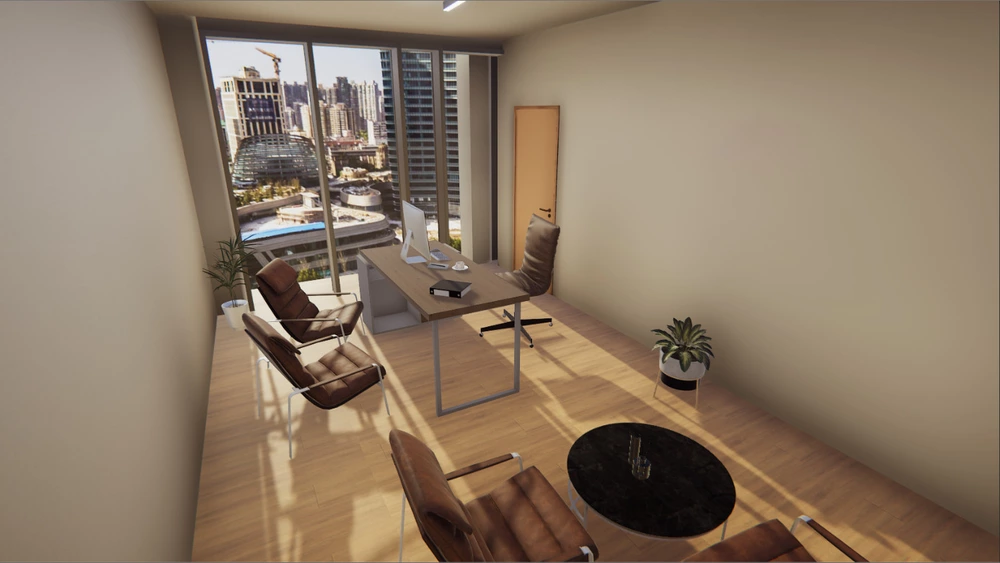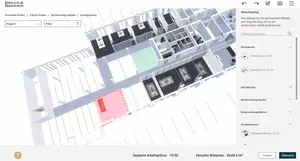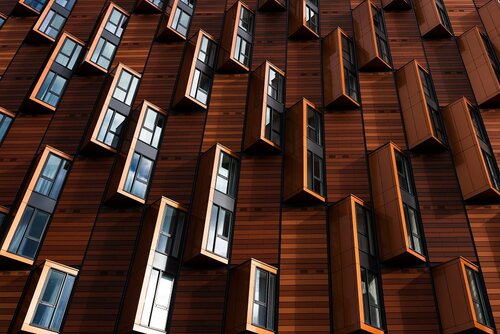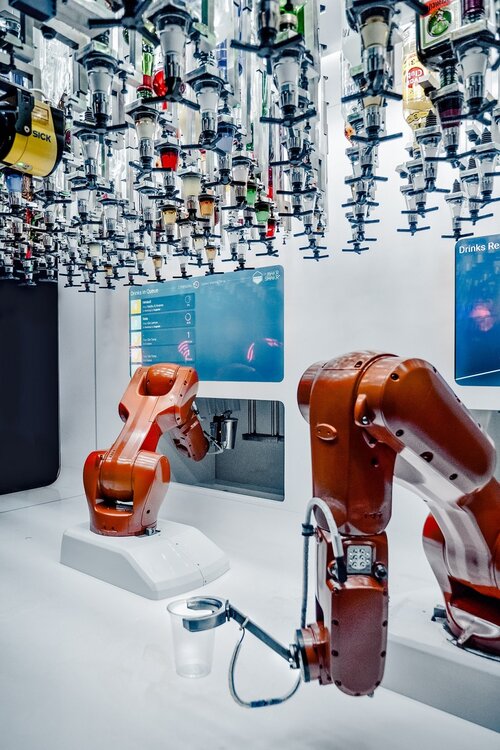Click & Deliver
What you see is what you get. The use of artificial intelligence and configureators is a forward looking process innovation.
Just a few clicks, and the new building will be configured and ordered online. What is already an established practice when ordering cars or sneakers will also be possible in 2030 in the construction and real estate sector.
This not only applies to terraced houses or simple module buildings, even schools or whole urban districts for residential or mixed use can then be completely and flexibly designed and individually configured online. The focus will be on the needs and requirements of the people involved. So the building will be determined by its users – and not the other way round.
Users can call up a tailor-made library of prefabricated high quality modules to compile the exact building that they want. It is also possible to begin with free planning of the building and later transform it into modules. Modular planning can be supplemented by individually planned and completely customized areas. The present limitations of possible modules and configurations will no longer apply. Visually, the configured building will impress with its architectural elegance instead of the visible modules. The quality will be far superior to conventional buildings. A virtual viewing of the planned building – according to the 2030 standard – will round off the service.
What today is a complicated, expensive and timeconsuming process can be easily carried out online in 2030. The planning will be of a high quality with an efficient use of time, closely based on the users’ requirements and their wishes.
Individuality and flexibility will apply where necessary, and standard forms and modules will be used where they are sensible: modularization therefore offers the best of both worlds.
This will also affect the work involved. In future, architects and planners will focus more on Artificial Intelligence and integrate it into their work.
RENTED SPACE CONFIGURATOR


This goal, which is still very much in the future for buildings or whole districts, is (almost) an established practice in the design of rented areas.
The individual fitout wishes of tenants sometimes make the letting of office space into a very complicated, expensive and timeconsuming process.This requires both a high level of planning and cost certainty and fast and efficient processing.
Landlords will be able to present their premises to their clients attractively and in three dimensions in a virtual viewing. The potential tenants can then actively configure and design their new rented premises.
Rooms, walls and other fittings can be directly taken from a predefined library and positioned in the rented premises by drag and drop. The system will immediately check whether this position of the relevant element is technically possible and what effect it will have on the rental price. In addition to the rental price, the tool will also monitor other relevant figures – for example the number of workplaces.
The goal of the rented space configurator is to improve the process by which lettings are prepared, and to make it faster and easier for all parties involved. It provides an agile marketing tool and simplifies communication with potential tenants. A faster conclusion of rental contracts and shorter vacancy and alteration times therefore become achievable. In the first phase the implementation team will develop the application in the form of a MVP, i.e. with the most important functions so that they can then be tested in an initial project.
10 Futuretheses for the construction and real estate sector
Contact
Are you interested in discussing the future of the real estate sector with us?


